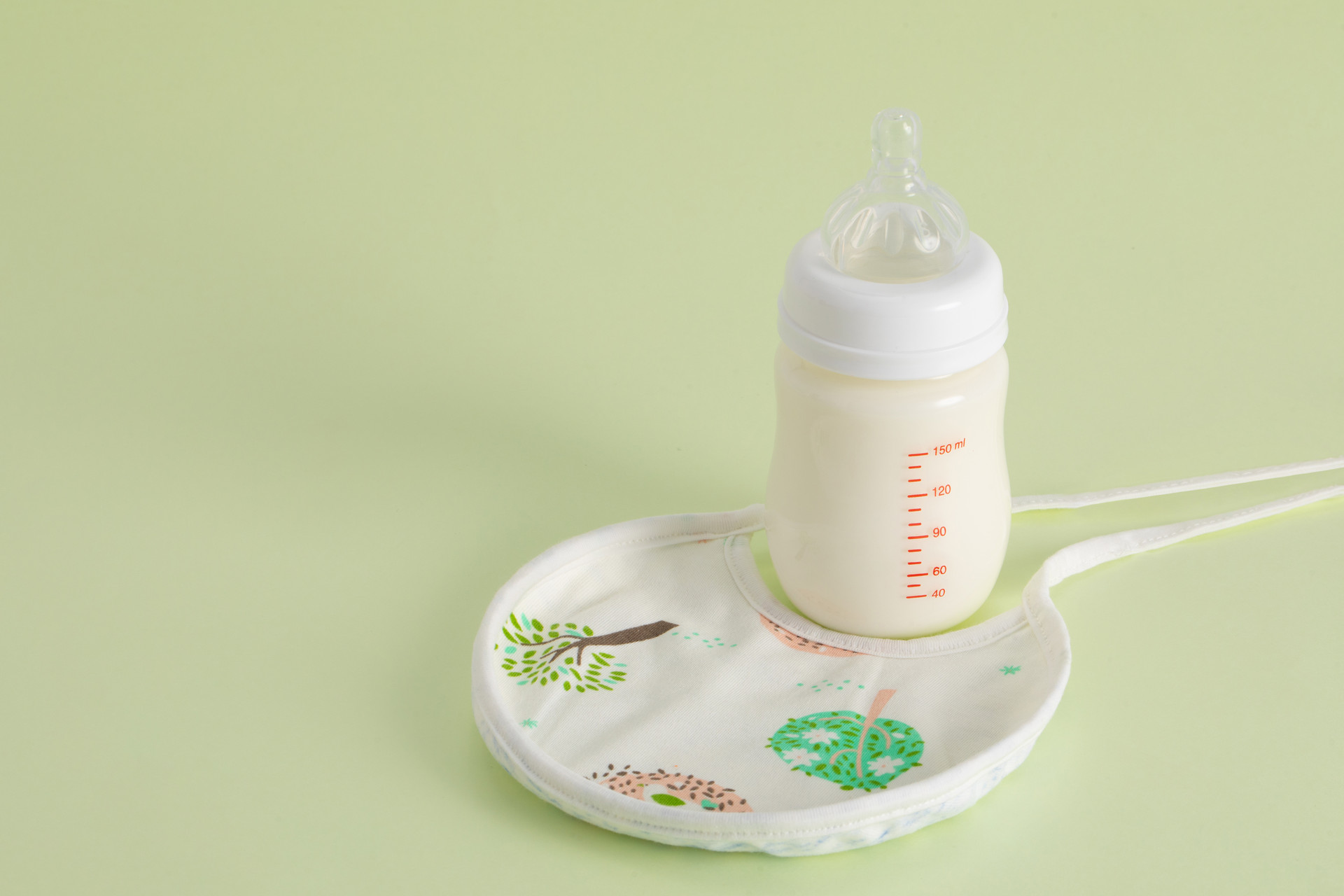Babies in their growth and development stage need a rich and balanced diet. Therefore, mothers prepare a variety of foods for their babies in the hope that they will grow up healthy. However, there is a science to feeding babies, and it is not just about randomly combining foods! It is important to know the precautions for adding complementary foods for babies, especially when it comes to certain foods that should not be mixed as complementary foods. Let's take a look together with the following article!
1. Adding complementary foods for babies: fruit puree and fish puree should not be eaten together
Fruits are rich in various vitamins and minerals, which play an essential role in regulating the baby's metabolism and enhancing their immune system. Fruits are also easily digested and absorbed by the body.
Fish is a high-quality protein source and contains nutrients such as DHA, which are beneficial for the baby's brain and visual development.
Fish, shrimp, and algae are rich in proteins and nutrients like calcium. On the other hand, several fruits contain tannins, such as persimmons, grapes, pomegranates, hawthorns, olives, jujubes, and chicken-footed pears.
It is not advisable to eat fish puree, which is rich in protein, together with fruit puree that contains tannins because it not only reduces the nutritional value of the protein but can also cause the protein to bind with the tannins. This substance can irritate the mucous membranes, forming substances that are difficult to digest and causing symptoms such as abdominal pain and vomiting in the baby.
When feeding these two types of complementary foods to the baby, mothers should have a certain interval between them. It is best not to have these two kinds of foods appear in the same meal to prevent discomfort caused by inadequate nutritional supplementation.
2. Adding complementary foods for babies: pork liver puree and tomato puree should not be eaten together
Pork liver is rich in minerals such as copper and iron and has the function of nourishing the liver and blood and improving vision. Tomatoes are rich in vitamin C. Both of these foods are beneficial to the baby's health, but their nutritional value will be greatly reduced when "mixed together."
The main reason why pork liver and tomatoes should not be eaten together is that the copper and iron elements found in pork liver can destroy the vitamin C contained in tomatoes.
When feeding complementary foods to the baby, mothers should pay attention to the timing of these two foods and avoid losing the original functions of these two nutrient-rich complementary foods.
3. Adding complementary foods for babies: carrot puree and fruit puree should not be eaten together
Carrots are rich in carotenes, which can be converted into vitamin A in the body. Vitamin A is important for promoting the growth and development of infants and maintaining normal visual function. Therefore, carrot puree is a common choice for baby's complementary food.
Carrots should not be eaten with fruits that are rich in vitamin C (such as hawthorn, orange, lemon, strawberry, jujube, etc.) as it can destroy vitamin C and reduce nutritional value.
Adding complementary foods for babies is important, so mothers must remember the precautions for adding complementary foods and scientifically and reasonably combine the baby's complementary foods.











